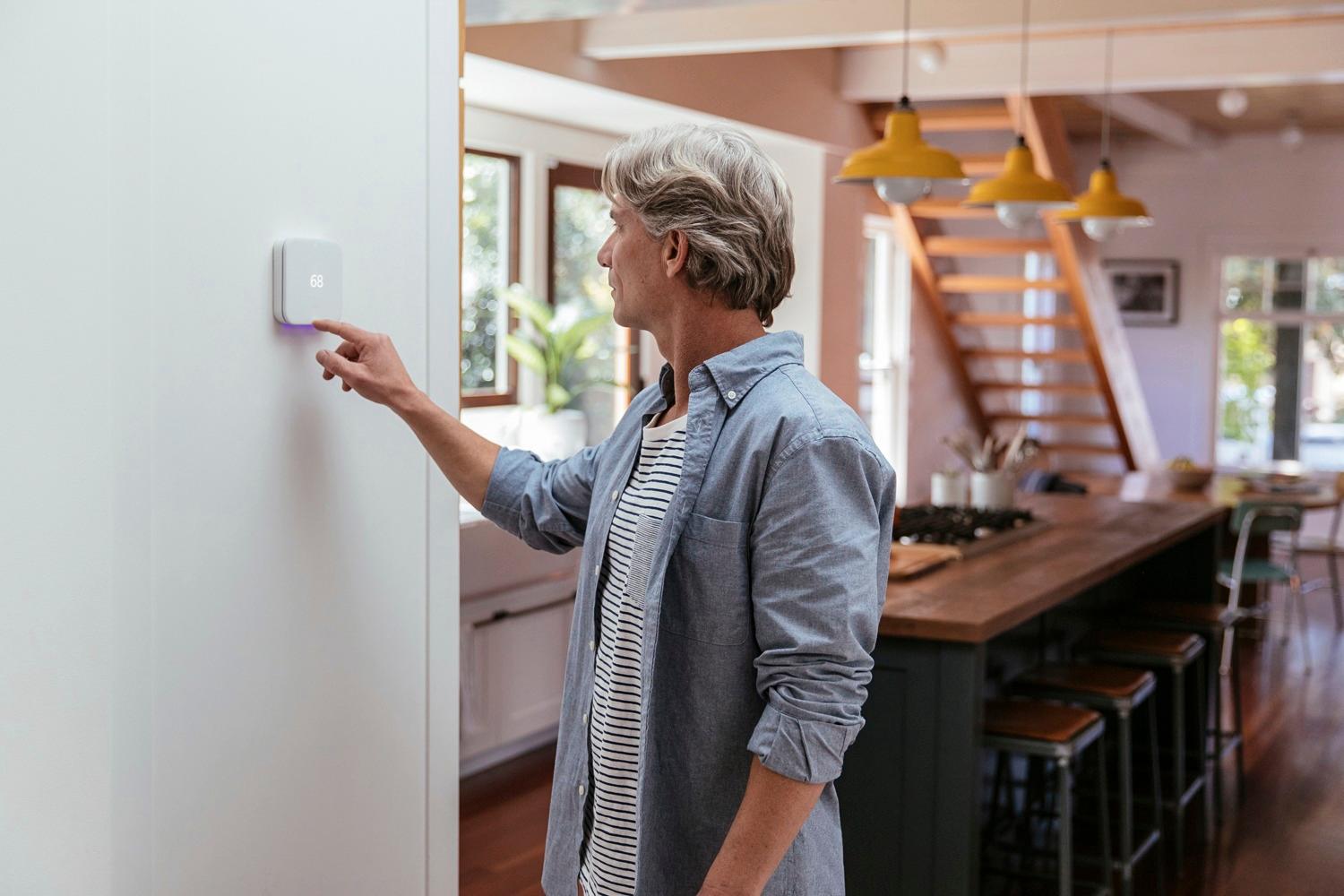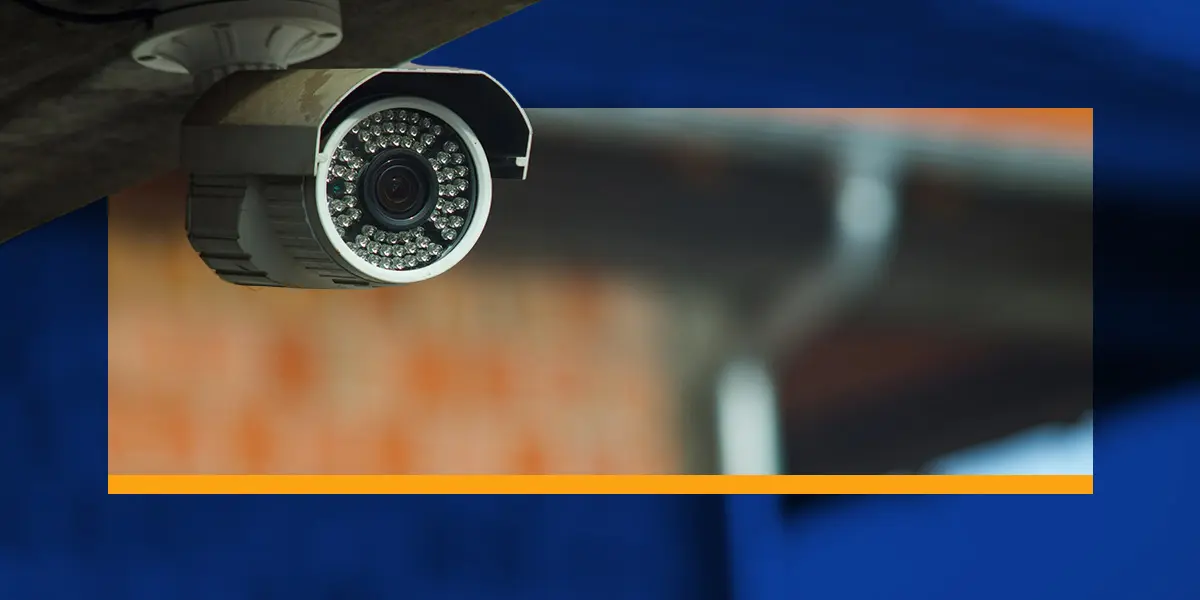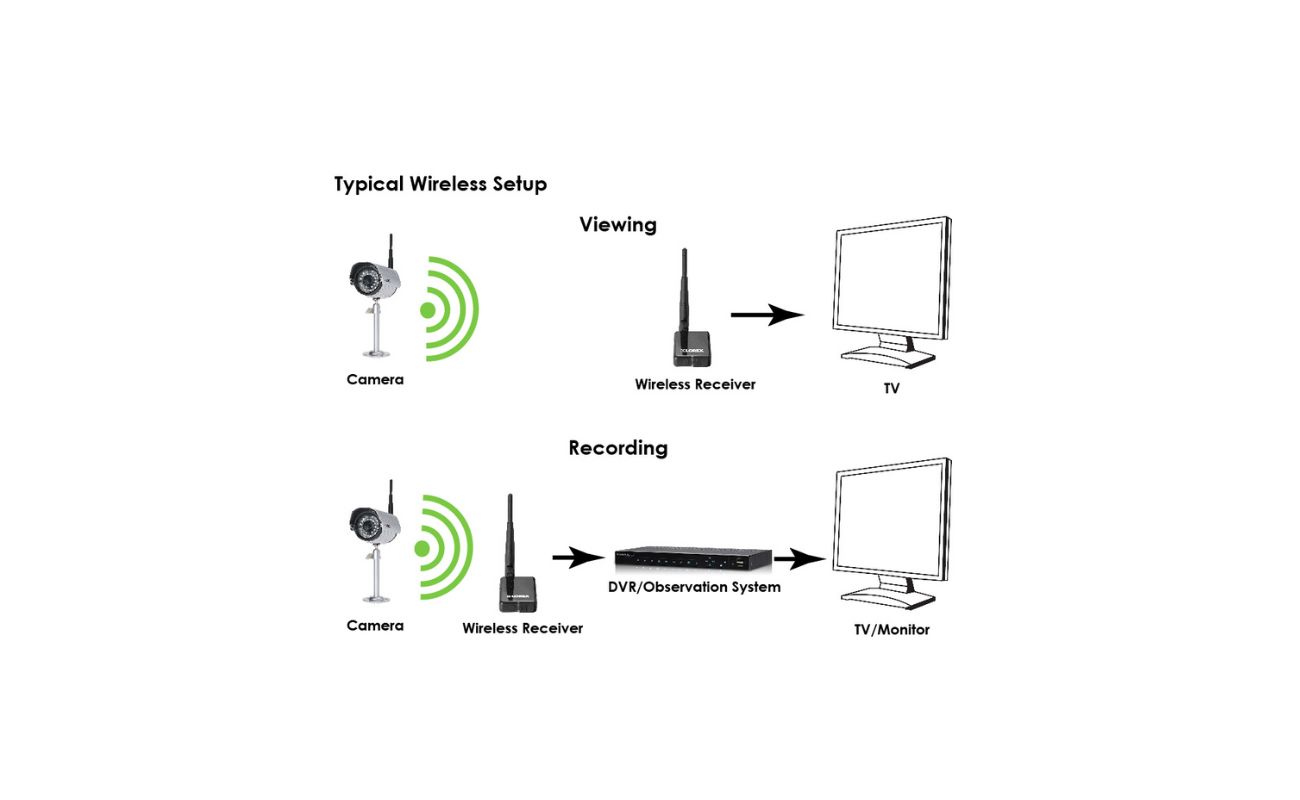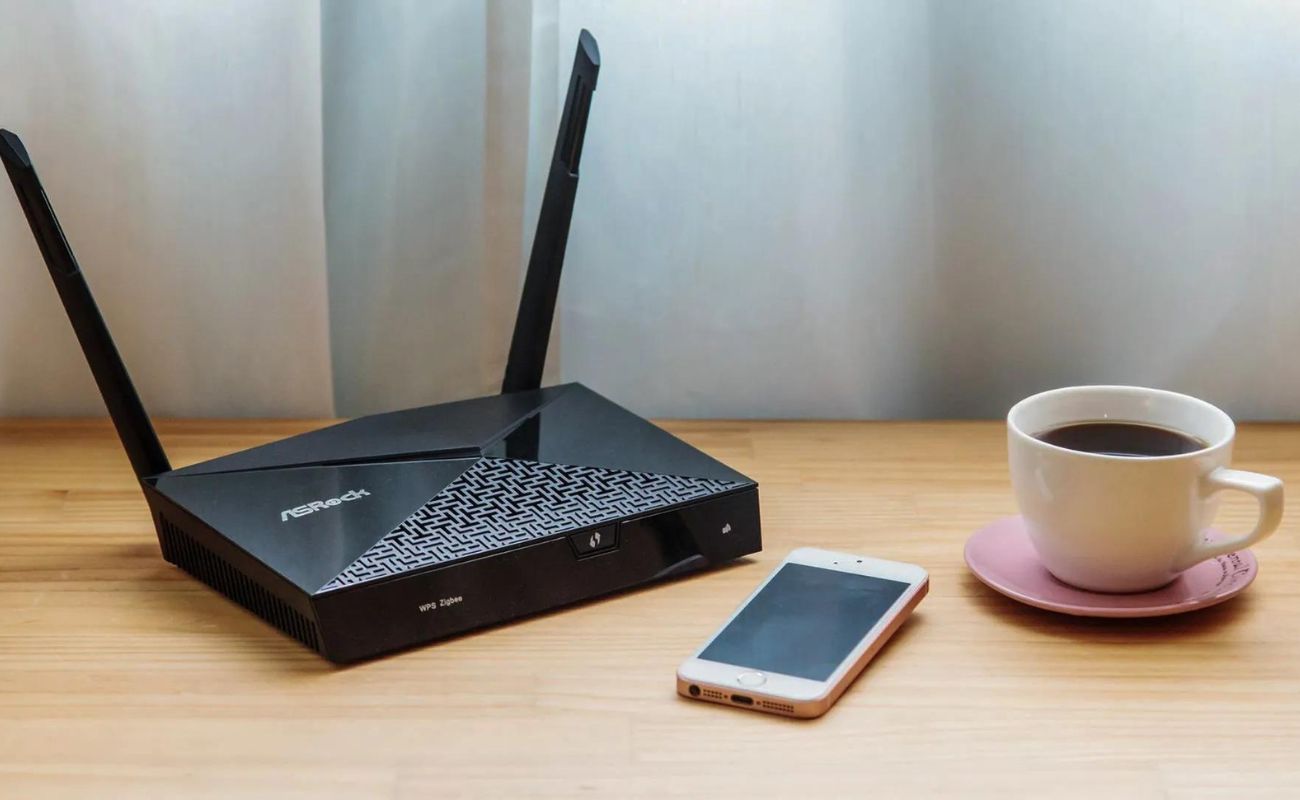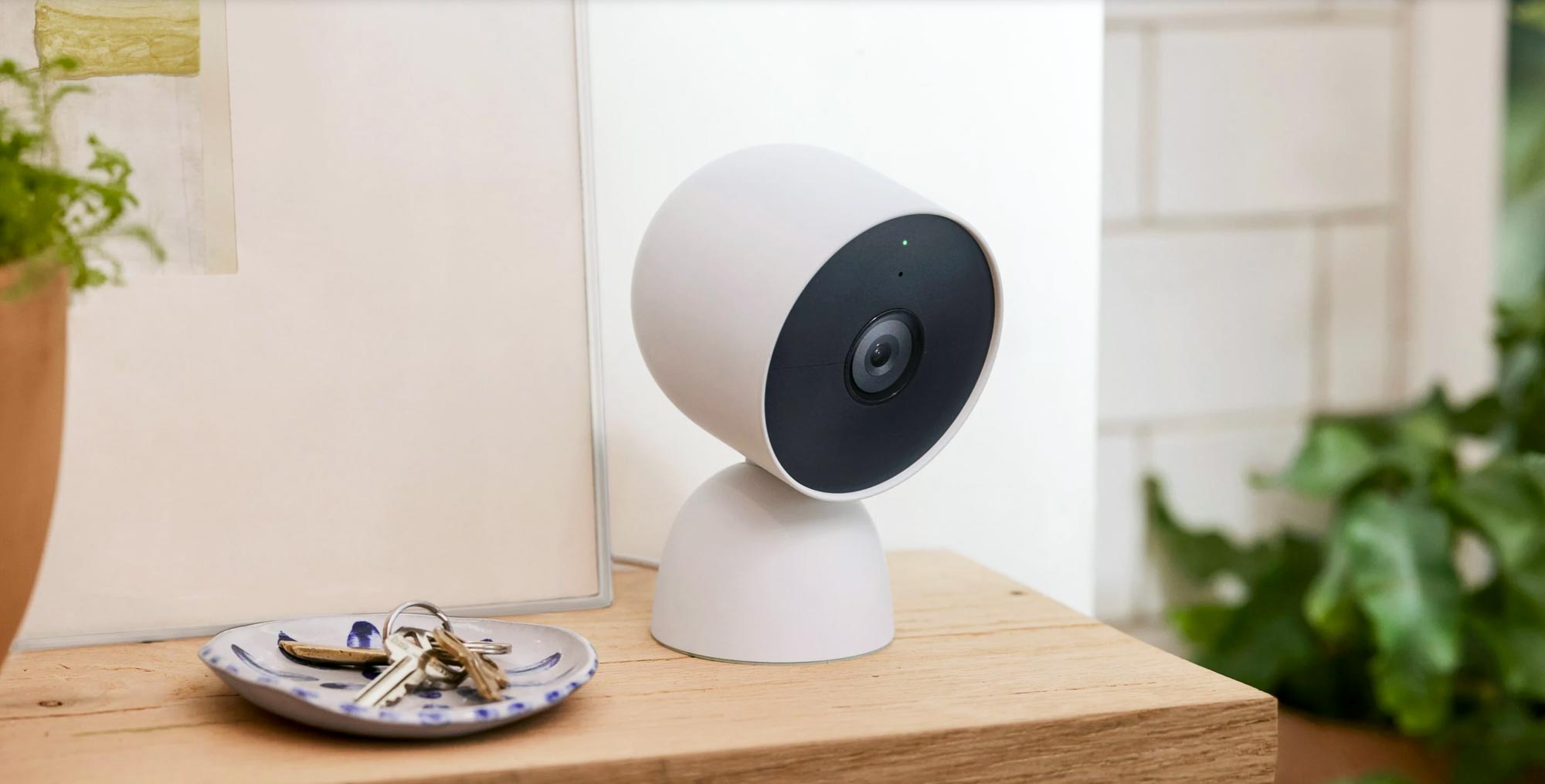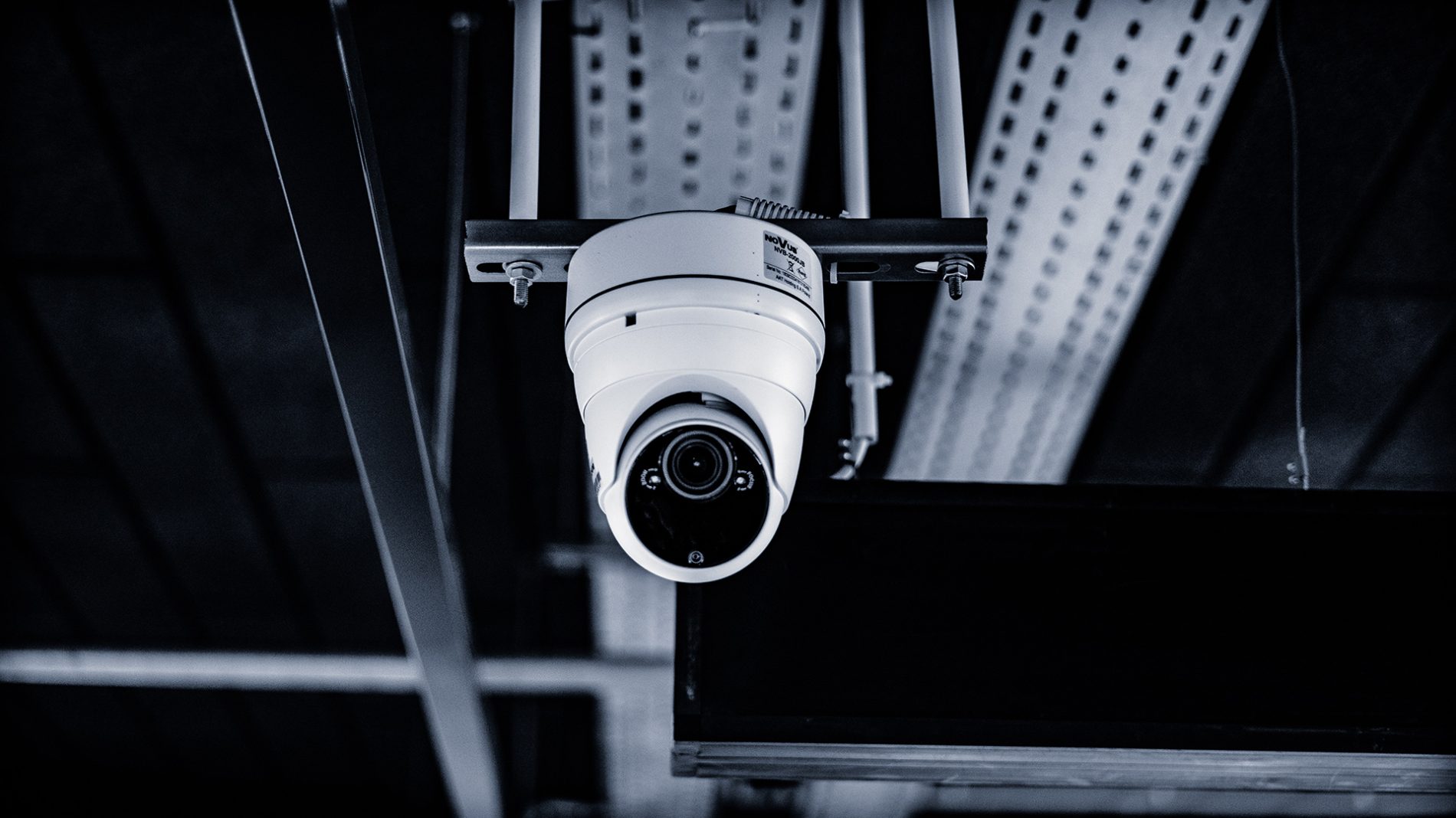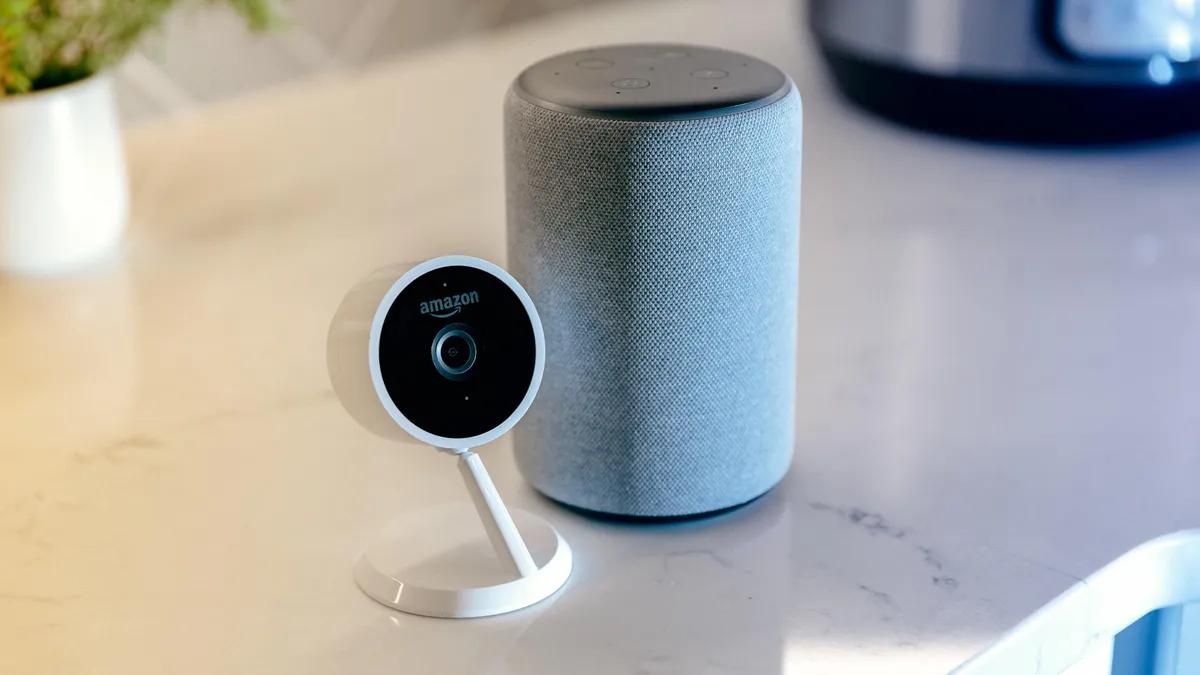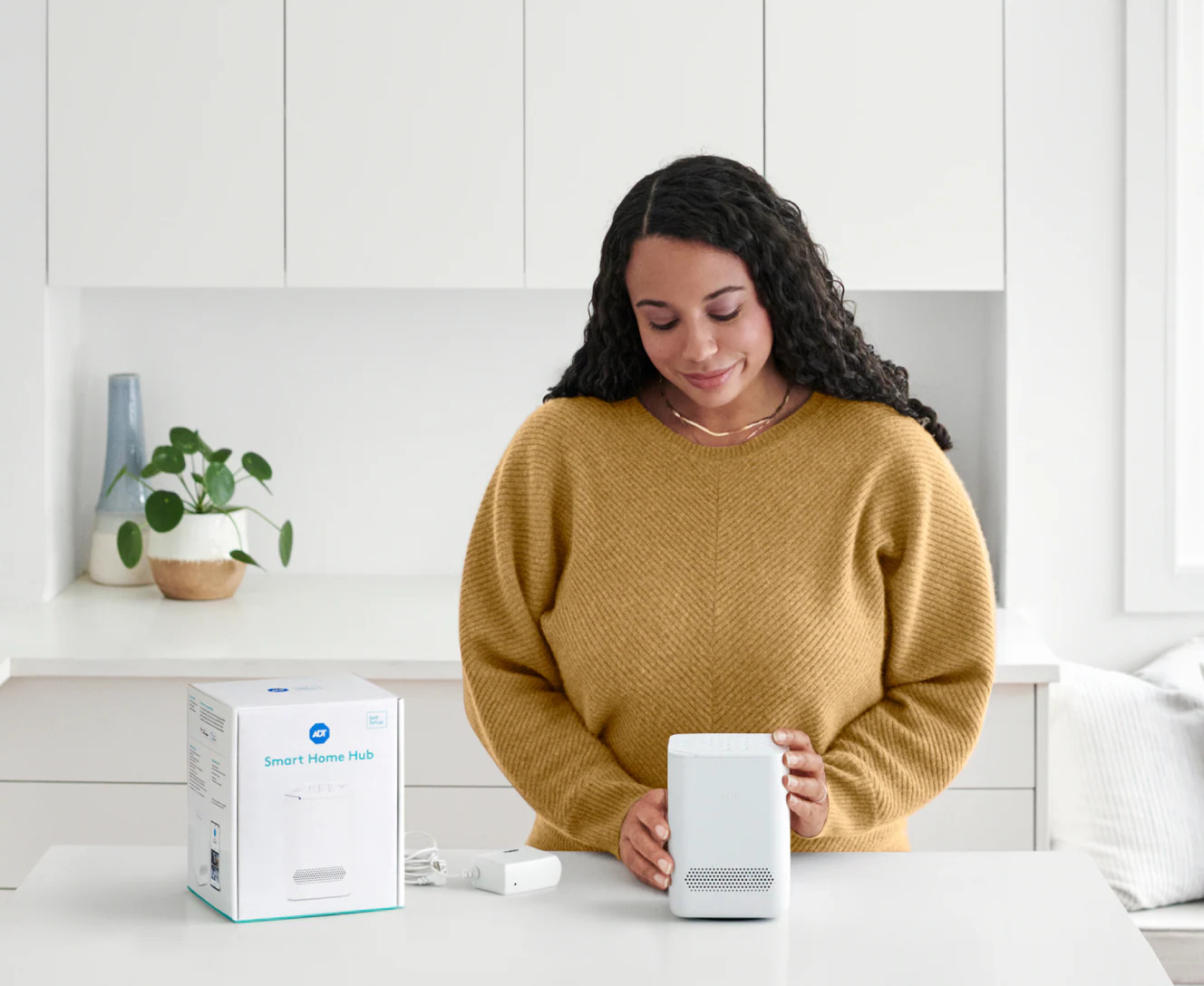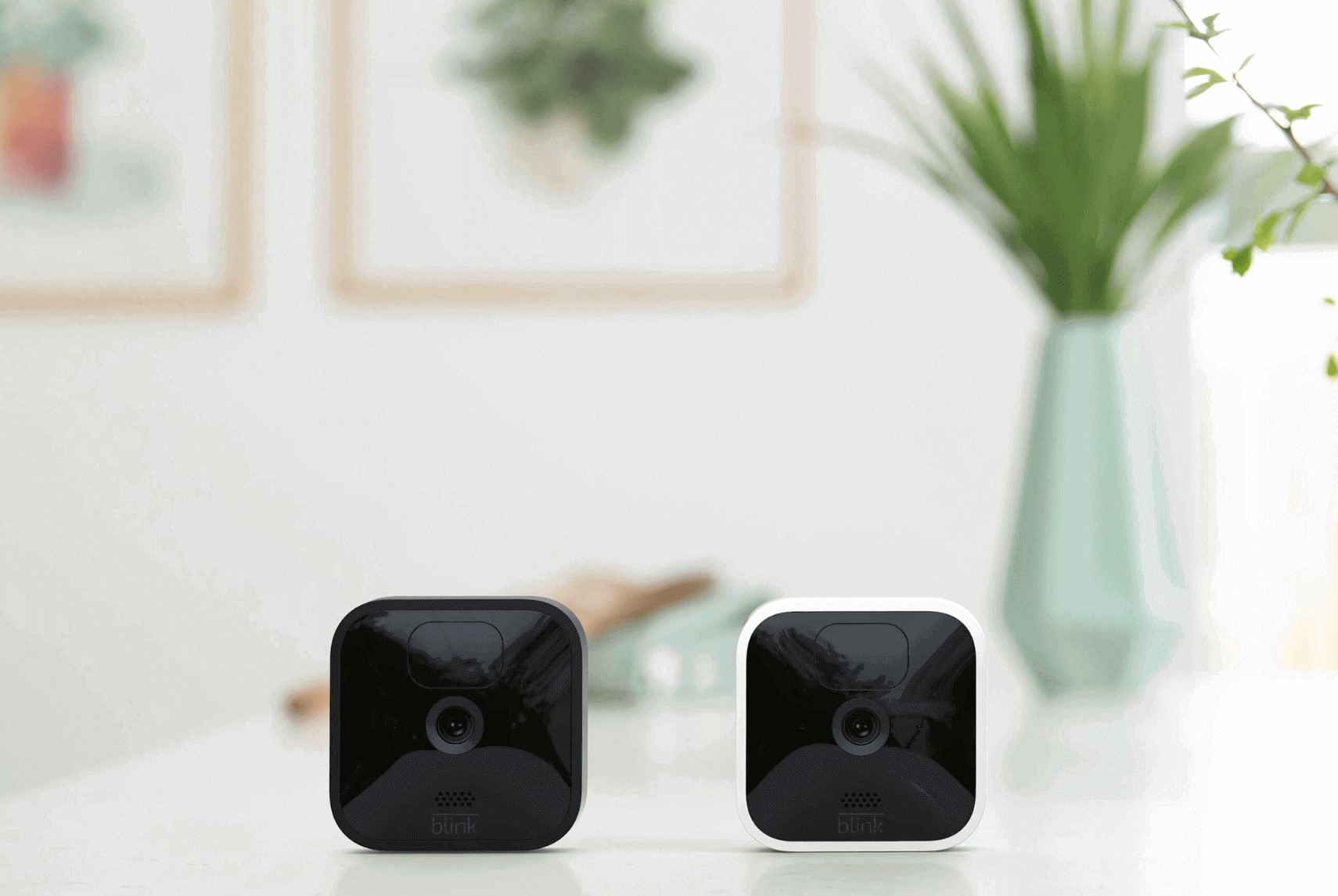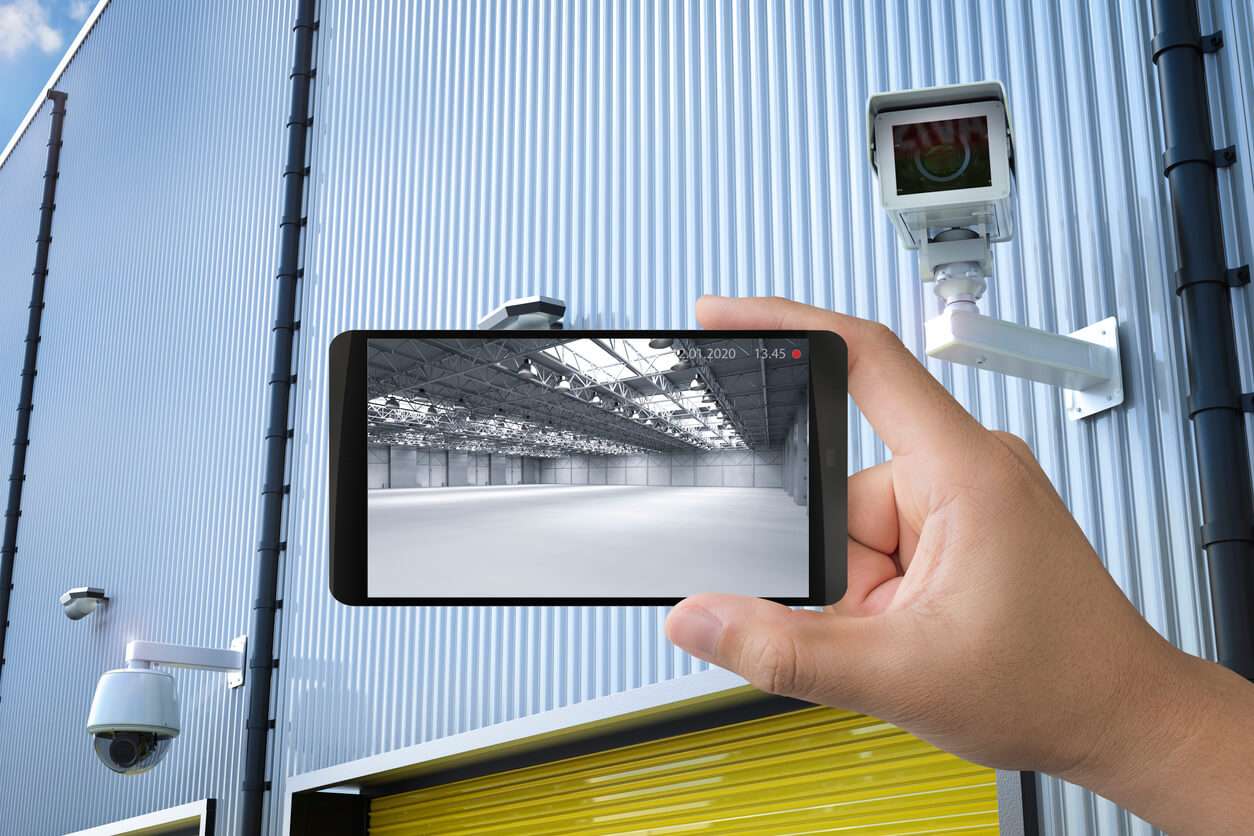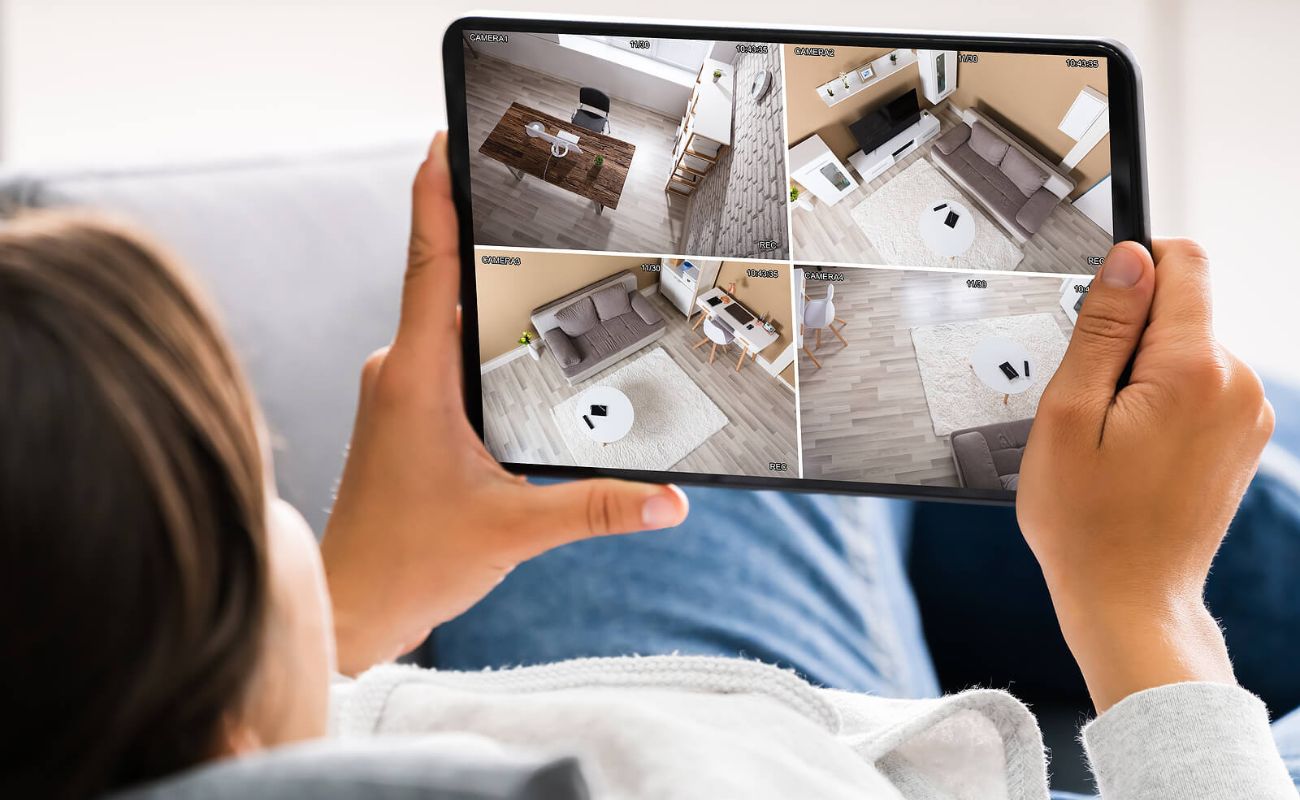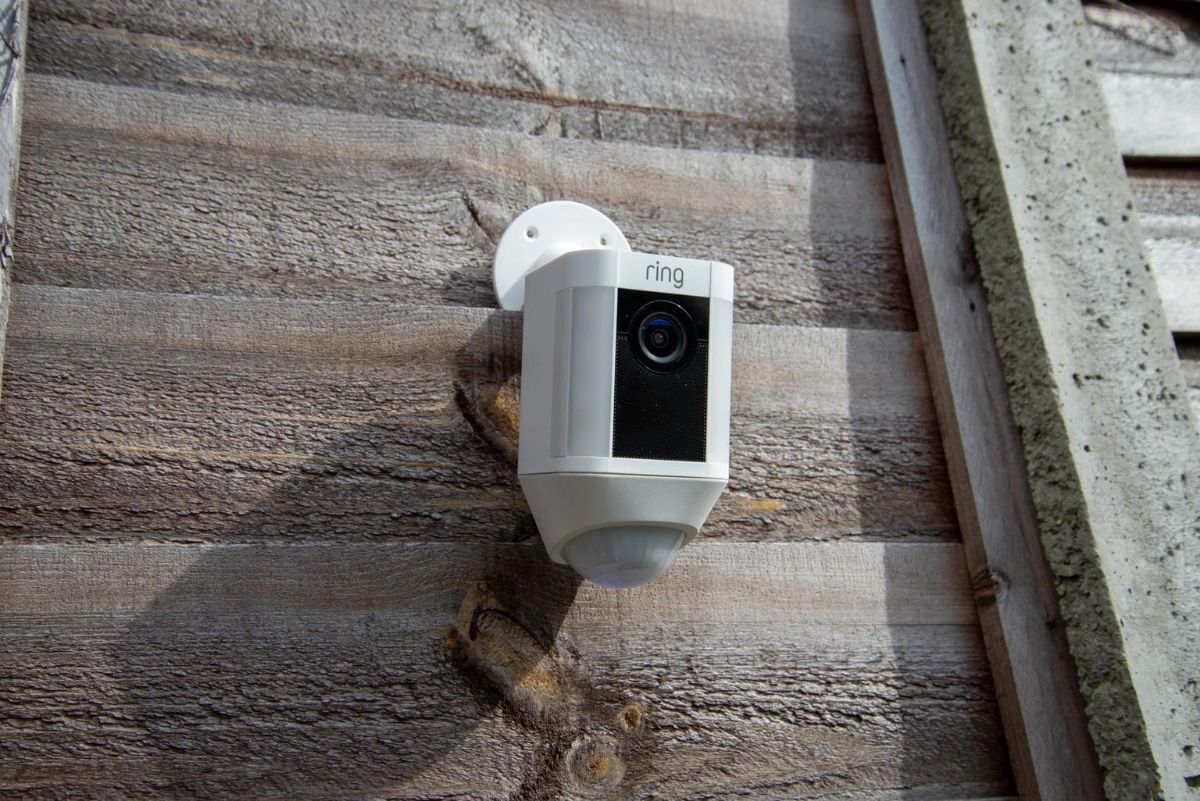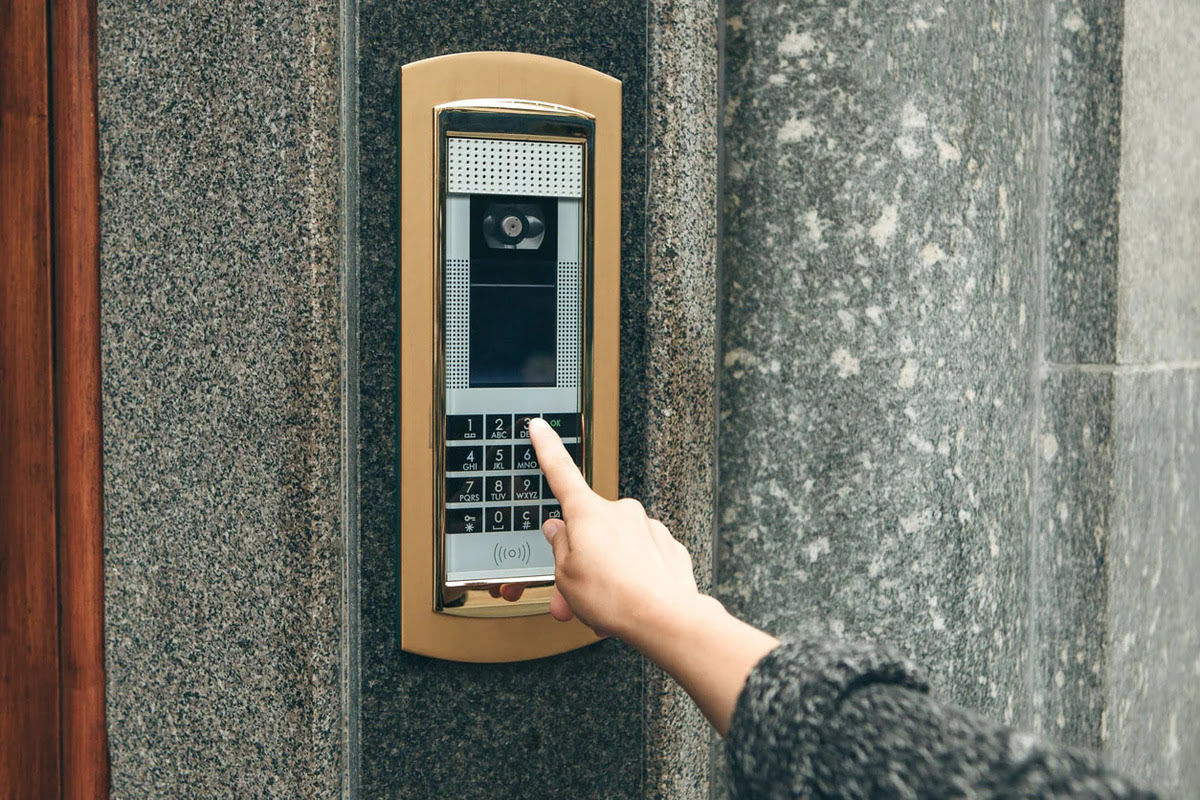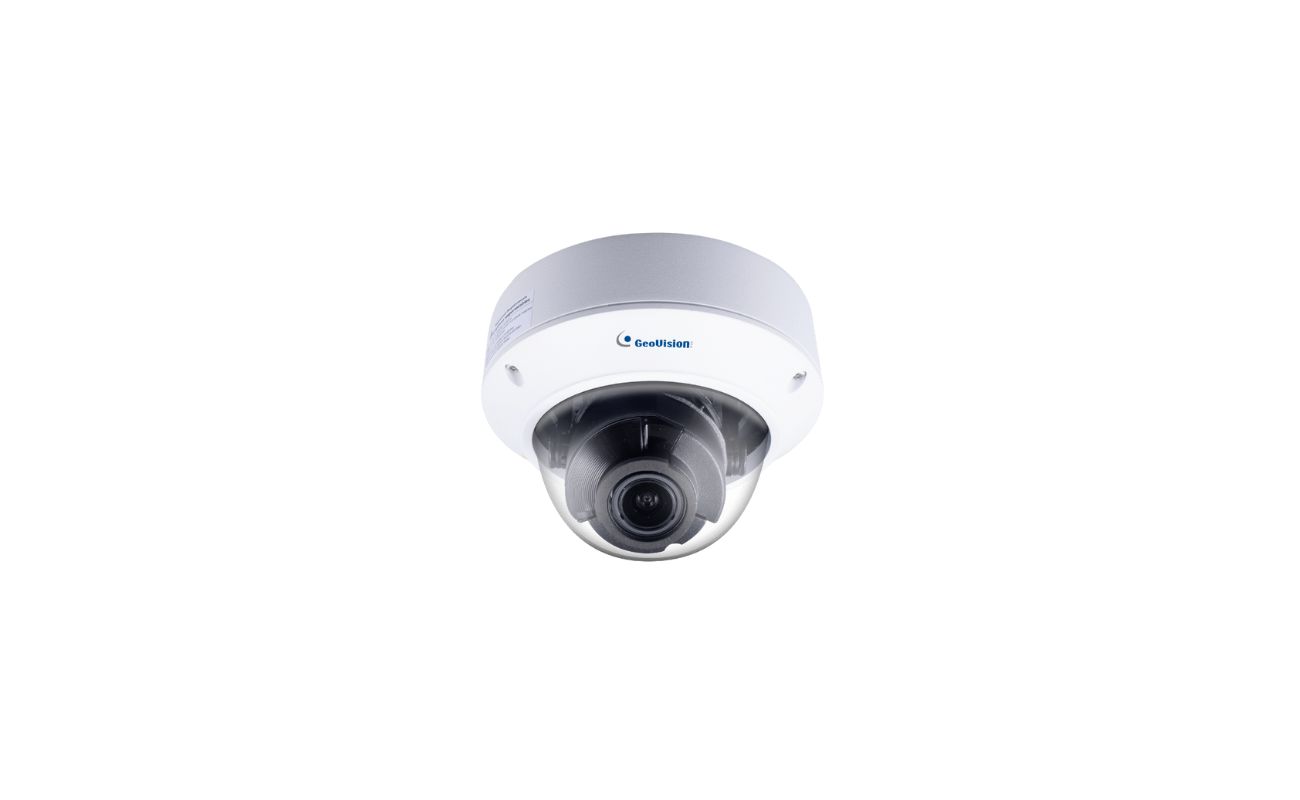Home>Home Security and Surveillance>How To Know If All Sensors Are Working Home Security
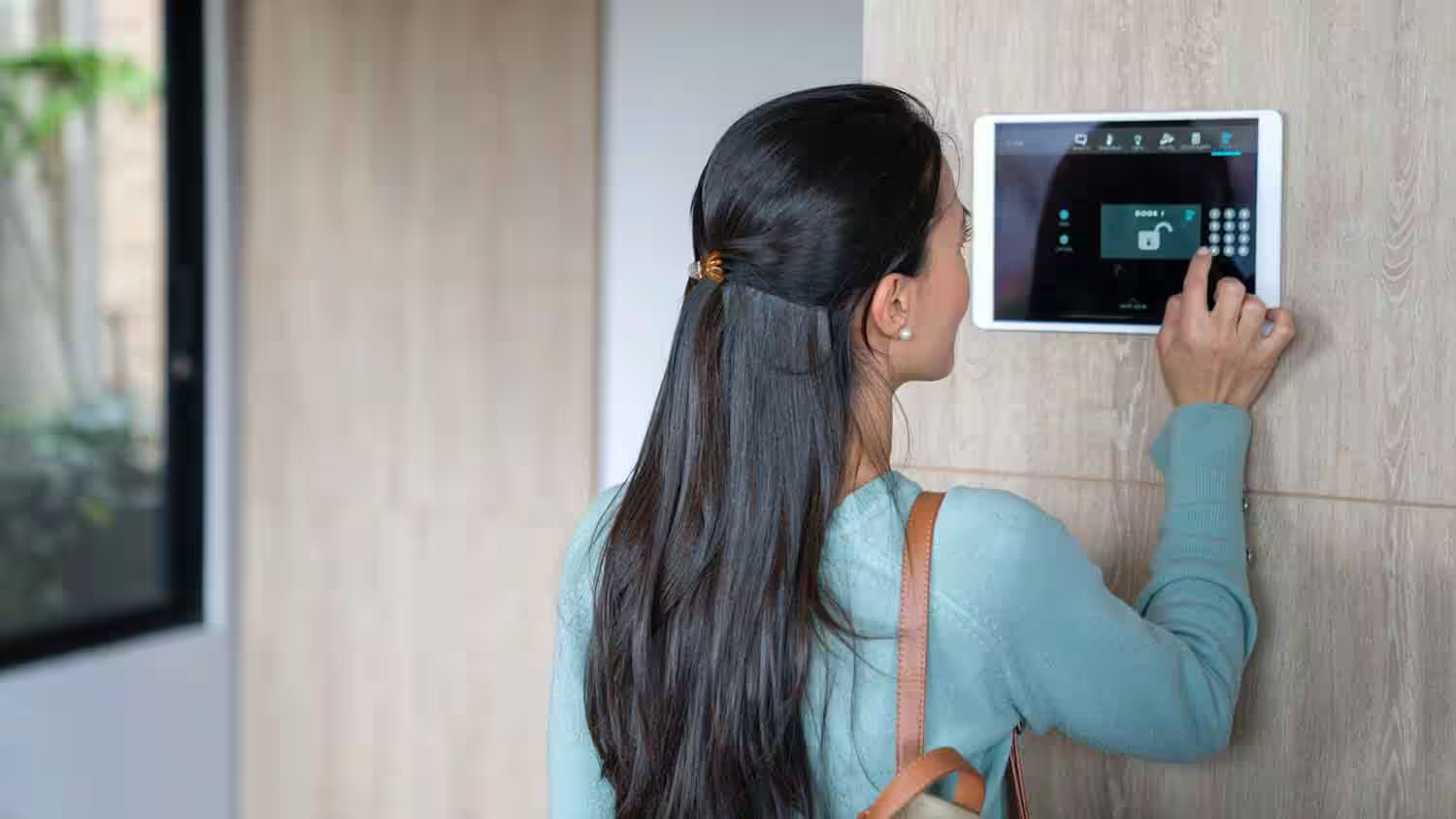

Home Security and Surveillance
How To Know If All Sensors Are Working Home Security
Modified: March 6, 2024
Ensure the effectiveness of your home security and surveillance system with our guide on how to determine if all sensors are functioning properly. Increase your peace of mind knowing your home is protected.
(Many of the links in this article redirect to a specific reviewed product. Your purchase of these products through affiliate links helps to generate commission for Storables.com, at no extra cost. Learn more)
Introduction
When it comes to home security, having a reliable and robust system in place is essential for the safety and well-being of your family and property. One crucial component of any home security system is the sensors. These sensors play a vital role in detecting and alerting homeowners to potential security breaches, such as unauthorized entry or environmental hazards.
Ensuring that all sensors in your home security system are functioning correctly is crucial to maintain the effectiveness of your overall security measures. In this article, we will delve into the importance of sensor functionality in home security, discuss the different types of sensors commonly used, and provide you with methods to test and troubleshoot any issues that may arise.
By understanding how to assess the functionality of your home security system’s sensors, you can have peace of mind knowing that your system is working as intended, giving you the confidence to protect your loved ones and belongings.
Key Takeaways:
- Regularly test your home security system’s sensors to ensure they are working properly. This helps protect your family and property by detecting potential threats and providing peace of mind.
- If you notice any signs of non-functioning sensors, such as false alarms or unresponsive control panels, take immediate action to troubleshoot and resolve the issues. Seeking professional assistance may be necessary for complex problems.
Read more: What App Works With All Security Cameras
Importance of Sensor Functionality in Home Security
The functionality of sensors in a home security system is of utmost importance for ensuring the effectiveness of your security measures. Sensors act as the eyes and ears of your system, detecting and alerting you to any suspicious activity or potential threats. Without properly functioning sensors, your security system may be rendered ineffective, leaving your home vulnerable.
One key factor in the importance of sensor functionality is their ability to detect unauthorized entry. Door and window sensors are installed to detect any opening of entry points, sending an immediate alert to the homeowner or the security monitoring center. A malfunctioning sensor could fail to detect an open door or window, leaving you unaware of a potential break-in.
Similarly, motion sensors play a crucial role in detecting movement within your property. If a motion sensor is not working correctly, it may fail to detect an intruder or trigger a false alarm when there is no actual threat. This can lead to an unnecessary panic or even desensitization to alarms, reducing the effectiveness of your security system.
Environmental sensors, such as smoke detectors and carbon monoxide detectors, are another essential aspect of home security. These sensors are designed to detect potential fire or gas leaks, providing early warnings to help you and your family evacuate safely. A malfunctioning sensor can lead to delayed or missed warnings, putting your household at risk.
In addition to the direct impact on safety, the functionality of sensors also affects the overall convenience and usability of your home security system. For example, if an entryway sensor is not functioning properly, it can cause inconvenience when trying to arm or disarm the system. This can disrupt your daily routine and make it frustrating to use your security system effectively.
Regularly testing and ensuring the functionality of your sensors is crucial to maintaining the integrity of your home security system. By doing so, you can have peace of mind knowing that your system is capable of detecting threats accurately and promptly, allowing you to take necessary actions to protect your home and loved ones.
Types of Sensors in a Home Security System
A home security system typically consists of various types of sensors strategically placed throughout your property. These sensors are designed to detect specific events or conditions that could pose a threat to your home’s security. Let’s explore some of the most common types of sensors found in a home security system:
- Door and Window Sensors: These sensors are installed on doors and windows to detect their opening or closing. They consist of two parts: a magnet and a sensor. When the door or window is closed, the magnet and sensor are in close proximity. If the door or window is opened, the magnet moves away from the sensor, triggering an alarm.
- Motion Sensors: Motion sensors use infrared technology or other motion-detection methods to sense movement within a designated area. They are typically placed in strategic locations, such as hallways or common areas, to detect any unauthorized activity. When a motion sensor detects movement, it sends a signal to the control panel, triggering an alarm.
- Glass Break Sensors: These sensors are designed to detect the sound frequency of breaking glass. If a window or glass door is shattered, the sensor detects the specific sound pattern and alerts the security system. This type of sensor is especially useful for detecting forced entry through windows.
- Smoke Detectors: Smoke detectors are essential for early detection of fires. They use specialized sensors to detect the presence of smoke or the sudden rise in temperature. When smoke or heat is detected, the smoke detector sounds an alarm, allowing you to quickly respond and evacuate if necessary.
- Carbon Monoxide Detectors: Carbon monoxide (CO) detectors are designed to sense the presence of this odorless and deadly gas. CO detectors contain sensors that can detect even small amounts of carbon monoxide in the air. When the concentration of carbon monoxide reaches a dangerous level, the detector emits a loud alarm to warn you and your family.
- Flood Sensors: Flood sensors are placed in areas prone to water damage, such as basements or near water heaters. They detect the presence of water and can help prevent water damage by alerting you to potential leaks or flooding. This is especially important for early detection and mitigation of water-related emergencies.
These are just a few examples of the many types of sensors you can find in a home security system. Each sensor plays a critical role in providing comprehensive protection for your home and ensuring early detection of potential threats or emergencies.
Signs of Non-Functioning Sensors
It is essential to regularly check and test the functionality of the sensors in your home security system. By doing so, you can identify any potential issues early on and take necessary actions to address them. Here are some signs that may indicate non-functioning sensors:
- False Alarms: If you notice frequent false alarms from your security system, it could be a sign of a malfunctioning sensor. For example, if your motion sensor triggers an alarm when there is no movement or if your glass break sensor detects breaking glass sounds when none are present, it may indicate a problem with the sensor’s sensitivity or calibration.
- No Alarms: On the other hand, if your sensors fail to trigger an alarm when they should, it is a clear indication of non-functioning sensors. For instance, if a door or window sensor does not activate an alarm when the entry point is opened, it is crucial to investigate and address the issue promptly.
- Unresponsive Control Panel: If you find that your control panel is unresponsive or shows errors when attempting to arm, disarm, or make any changes to your security system, it could be due to a malfunctioning sensor. Sensors communicate with the control panel to send and receive signals, so any issues with the sensors can affect the functioning of the control panel.
- Inconsistent Sensor Status: If the status of your sensors in the control panel or security app appears to be inaccurate or inconsistent, it may suggest a problem with the sensors. For example, if a door sensor shows as “open” when the door is closed, or if a motion sensor shows as “inactive” when there is movement in its range, it indicates a sensor malfunction.
- Battery or Power Issues: Some sensors in your security system operate on batteries or require a power source. If you notice frequent battery replacements, power failures, or issues with power supply to specific sensors, it may be a sign that those sensors are not functioning correctly.
It is important not to ignore these signs of non-functioning sensors in your home security system. Malfunctioning sensors may compromise the overall effectiveness of your security measures and leave your home vulnerable to threats. If you observe any of these signs, it is recommended to take immediate action to address and resolve the issue.
Regularly test your home security system by activating each sensor one at a time and checking if the alarm goes off. This will help ensure that all sensors are working properly.
Methods to Test Sensor Functionality
Regularly testing the functionality of your home security system’s sensors is essential to ensure they are operating correctly. Here are some methods you can use to test the functionality of your sensors:
- Manual Sensor Test: The simplest way to test a sensor is to manually trigger it. For door and window sensors, open and close the doors and windows to see if the system detects the movement and triggers an alarm. For motion sensors, walk within their range to check if they detect your movement and activate the alarm. This method allows you to quickly verify if the sensors are working as expected.
- Control Panel Test Mode: Most modern home security systems have a “Test Mode” or “Sensor Test” feature in the control panel. This mode allows you to test each sensor individually or in combination. Follow the instructions provided by your system’s manufacturer to activate the test mode and follow the prompts to check the functionality of each sensor.
- Battery Check: For sensors that rely on batteries, it is crucial to periodically check the battery level. Low battery power can cause sensor malfunctions. Refer to the user manual or the manufacturer’s instructions to determine the expected battery life for each sensor and replace the batteries as needed.
- Signal Strength Test: Some wireless sensors may experience signal interference or weak signal strength due to distance or obstacles. Check the signal strength of each sensor, typically indicated in the control panel or security app. If you notice weak or inconsistent signal strength, consider relocating the sensors or adding a signal repeater to strengthen the signal.
- Professional Monitoring Test: If you have professional monitoring for your home security system, contact your monitoring center and request a comprehensive sensor test. They can remotely check the functionality of each sensor and assist you in troubleshooting any issues that arise.
It is recommended to perform these tests periodically, such as monthly or quarterly, to ensure that all sensors in your home security system are functioning correctly. The exact testing frequency may vary depending on your specific system and manufacturer’s recommendations.
Keep a record of the test results and any observations you make during the testing process. This record will help you identify any recurring issues, track sensor performance over time, and provide valuable information to professional technicians if further assistance is required.
Regularly testing your sensors not only ensures their proper functionality but also gives you peace of mind knowing that your home security system is working as intended, providing you and your family with reliable protection.
Read more: How Do Burglar Alarm Sensors Work
Troubleshooting Sensor Issues
When you encounter sensor issues in your home security system, troubleshooting the problem can help you identify and resolve the issue. Here are some common troubleshooting steps to follow:
- Check Sensor Connections: Ensure that the sensors are properly installed and securely connected to the control panel or central hub. Loose connections can cause malfunctioning or intermittent operation. Confirm that all cables or wires are securely attached to their respective ports or terminals.
- Inspect Sensor Placement: Verify that the sensors are correctly positioned according to the manufacturer’s instructions. Incorrect placement can lead to inaccurate readings or improper detection. Adjust the sensor’s angle, height, or range as necessary and ensure there are no obstructions that may interfere with their operation.
- Replace Batteries: If a sensor operates on batteries, check the battery level and replace them if necessary. Low battery power can cause sensor malfunctions or inconsistent performance. Use fresh and high-quality batteries to ensure optimal sensor operation.
- Testing Environment: Evaluate the environment where the sensor is located. Factors such as extreme temperatures, humidity, or interference from other electronic devices can affect sensor performance. Make adjustments or relocate the sensor if needed to provide ideal operating conditions.
- Adjust Sensor Sensitivity: Some sensors, such as motion sensors, have adjustable sensitivity settings. If a sensor is overly sensitive and triggers false alarms, reducing the sensitivity level can help alleviate the issue. Refer to the user manual for instructions on adjusting sensor sensitivity.
- Reset and Reconfigure: In some cases, a sensor may require a reset or reconfiguration. Follow the manufacturer’s instructions to reset the sensor to its default settings and reprogram it into your security system. This step can resolve any software or configuration-related issues.
- Update Firmware or Software: Check for any available firmware or software updates for your security system. Outdated firmware or software can lead to compatibility issues or bugs that affect sensor functionality. Update your system to the latest version provided by the manufacturer.
If you have tried these troubleshooting steps and the sensor issues persist, it may be necessary to seek professional assistance. Contact your security system provider or a professional technician for further diagnostics and repairs. They can offer specialized expertise and tools to identify and resolve complex sensor issues.
Remember to document the troubleshooting steps you have taken and any relevant details about the issue. This information can help the professionals better understand the problem and assist in resolving it more efficiently.
By following these troubleshooting steps, you can often resolve common sensor issues and restore the functionality of your home security system, ensuring continued protection for your home and peace of mind for you and your family.
Professional Assistance for Sensor Problems
While troubleshooting sensor issues on your own can be effective in many cases, there may be instances where professional assistance is necessary to resolve complex problems or technical issues. Here are some scenarios where seeking professional help for sensor problems is advisable:
- Persistent Issues: If you have followed the troubleshooting steps outlined earlier and the sensor problem persists or recurs frequently, it may indicate a more significant underlying issue. Professional technicians have the expertise and specialized tools to diagnose and address complex problems effectively.
- Hardware or Wiring Damage: If you suspect that a sensor has been physically damaged, such as from a power surge or accidental impact, professional technicians can assess the extent of the damage and determine if repair or replacement is necessary. They can also ensure that any wiring issues are properly addressed to restore sensor functionality.
- System Integration: If you have recently added new components or expanded your home security system, professional assistance may be needed to integrate the sensors properly. They can ensure that all sensors are correctly connected and communicating with the control panel or central hub, optimizing their functionality as part of the overall system.
- Advanced Configuration Issues: Some sensors may require advanced configuration or calibration to operate optimally. Professional technicians have the knowledge and experience to perform these tasks accurately, ensuring that the sensors are set up correctly for maximum performance.
- Manufacturer Support: If your sensors are still under warranty, contacting the manufacturer’s support team can provide valuable assistance. They may offer troubleshooting guidance specific to their products or arrange for repair or replacement if necessary.
When seeking professional assistance, reach out to your home security system provider or a reputable security company that offers troubleshooting and repair services. Explain the issue in detail and provide any relevant information or documentation regarding the sensors and the problem you are experiencing.
By involving professionals, you can benefit from their expertise, ensure the proper resolution of sensor problems, and maintain the overall effectiveness of your home security system.
Remember to inquire about any service fees, warranties, or ongoing support options provided by the professionals to make informed decisions about the assistance you require.
Ensuring that your home security system’s sensors are functioning correctly is crucial for the safety and protection of your home and loved ones. If you encounter persistent or complex sensor problems, do not hesitate to seek professional assistance to address the issues effectively and restore the optimal functionality of your security system.
Conclusion
Having a fully functional home security system is paramount to safeguarding your family and property. A crucial component of any effective security system is the sensors that detect and alert you to potential threats. Regularly testing and ensuring the functionality of these sensors is imperative to maintain the integrity of your security measures.
In this article, we explored the importance of sensor functionality in home security and discussed the different types of sensors commonly used. We also provided methods to test and troubleshoot sensor issues, along with the significance of seeking professional assistance when necessary.
By understanding the signs of non-functioning sensors, you can identify potential problems and take prompt action. Regular testing of sensors through manual tests, control panel modes, and signal strength checks can help validate their proper operation. Troubleshooting common issues such as connection problems, battery replacements, and adjusting sensor settings can often resolve minor problems.
However, if you encounter persistent issues, physical damage, or advanced configuration challenges, it is advisable to seek professional assistance. They can provide expert guidance, diagnose complex problems, and ensure that your sensors are integrated properly with the overall security system.
Maintaining functional sensors in your home security system not only enhances your safety but also contributes to the convenience and peace of mind you experience on a daily basis. By investing time and effort into testing, troubleshooting, and seeking professional help when needed, you can rest assured that your security system is reliable and capable of protecting your loved ones and assets.
Remember, the security landscape is ever-evolving, and it is essential to stay updated with the latest technology, firmware updates, and best practices. Regularly review your security system’s documentation, consult with professionals, and stay informed about advancements in security technology to ensure that your home remains secure in the face of emerging threats.
In conclusion, prioritize the functionality of sensors in your home security system, and take proactive steps to test, troubleshoot, and maintain them. By doing so, you can enjoy the peace of mind that comes from knowing your home is well-protected and your loved ones are safe.
Frequently Asked Questions about How To Know If All Sensors Are Working Home Security
Was this page helpful?
At Storables.com, we guarantee accurate and reliable information. Our content, validated by Expert Board Contributors, is crafted following stringent Editorial Policies. We're committed to providing you with well-researched, expert-backed insights for all your informational needs.
